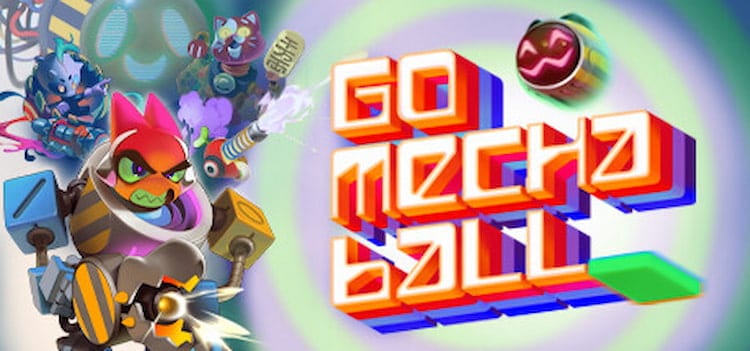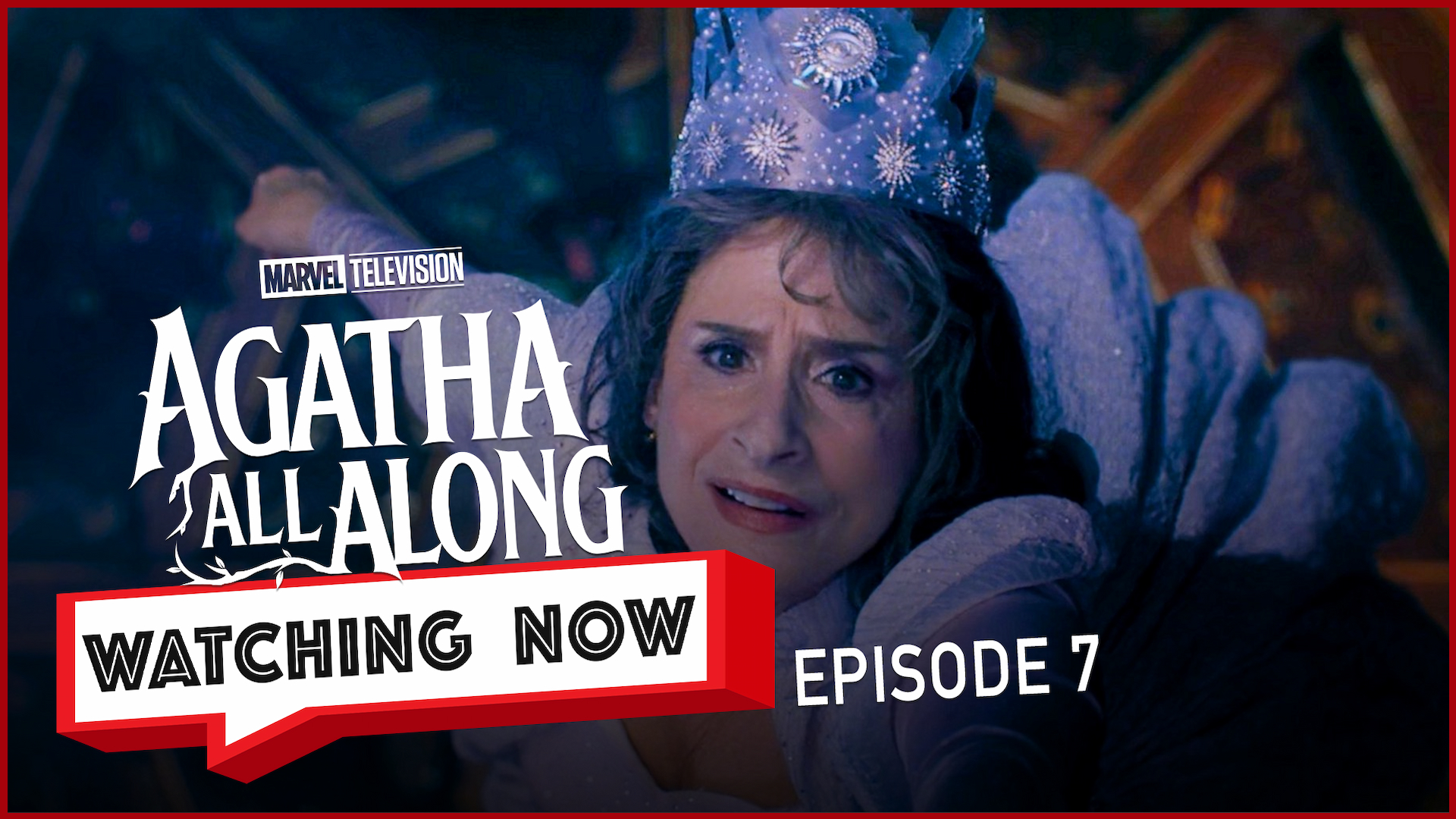
If you’re at all familiar with some of the biggest classic rock hit songs of all time, “Pinball Wizard” might mean something to you. Arguably the most culturally significant track to come out of The Who’s rock opera “Tommy,” the song tells the tale of the titular young man’s affinity for the pinball machines.
He stands like a statue, becomes part of the machine
Feelin’ all the bumpers, always playin’ clean
Plays by intuition, the digit counters fall
That deaf, dumb, and blind kid sure plays a mean pinball
It’s a great track (although I’m 99% sure the scrapped rock opera that would’ve come off “Baba O’Riley” would’ve been better, dammit). I adore how the lyrics invoke this imagery of a trance-like state, a true gaming “flow.” On the rare occasion that I get to sit down at a pinball machine, I always picture myself playing like Tommy, racking up millions of points instinctively, or perhaps like a man possessed.
I totally suck at pinball, though. I end up having to slot another quarter in the coin slot within five minutes, tops. Still, I aspire toward that pinball-flow-state-high, no matter what, because who doesn’t want to have Tommy talent? I want to become the pinball, and I think you do too.
That’s what makes Whale Peak Games’ Go Mecha Ball feel so good to play.
I’ll admit I was skeptical of this title. Tight, responsive controls are often what make or break a roguelike game; it’s the thin line between frustration and satisfaction. When I heard that this game wanted to balance twin-stick shooting with isometric pinball movement, it’s safe to say I had an eyebrow cocked.
Expecting players to be dextrous enough to collide into a fight, accurately rattle off their weapons, and spin out is a tall order. I reckon it’s why less than 1% of competitive players pick Wrecking Ball in Overwatch 2.
And yet, here we find Go Mecha Ball, rollin’ over the competition as a masterclass in mechanical harmony.

The gameplay loop alone isn’t anything special. You drop in as the protagonist — a little kitten trying to destroy the machines assaulting his home — in one of several mecha ball variants. Each mecha ball has a different stat spread, a different starting gun, and a passive ability, and these give you a sense of the upgrades you’re aiming for as you step into a run.
The game’s progression is classical for its genre. You wipe out two waves of enemies within a room, and you get an upgrade and the chance to move on to another room. After three rooms, you face a boss. There are five bosses in the game, and you’ll always face them in the same order. If you’re able to survive the gauntlet and beat the 5th boss, congrats, you completed the game on that run.
The magic of Go Mecha Ball is all about what happens in those enemy-filled rooms. The game starts off pretty easy, allowing new players to acclimate to different combinations of attacks. It’s important to learn early on when to dash into an enemy and interrupt them before they attack versus using your dash as an escape tool. You’ll be learning which enemies to prioritize attacking first and which weapons work best with your play style.

After each boss, though, new elements get added to the arenas. Jump pads allow you to move vertically, crashing down on enemies for additional damage. Fans let you build up additional movement speed as long as you don’t fight the momentum they build. Late-game arenas even have buttons that temporarily spawn entire platforms, which become necessary navigation tools to reach enemies throughout the room.
By the time all of this gets dumped on a player, they’ve become experts at the Go Mecha Ball basics. I felt that it was extremely easy to get used to each new twist as it was introduced because of the game’s pacing, and I ended up entering that gaming “flow state” by the end of my first run.
Luckily, Go Mecha Ball isn’t a “one-and-done” game. It actually offers a decent amount of replayability, which is just as important as a satisfying core gameplay loop for a roguelike video game.
The game’s progression happens both before and during a run. At each boss, players have a chance to use the coins they’ve earned during a run to buy upgrades, restore their health or swap out weapons and abilities. What makes this more interesting, however, is that coins can also be spent to contribute toward a progress bar that unlocks new characters when it fills up.
You can work on unlocking those characters, but it’s going to make your current run that much harder. It’s an interesting “risk vs. reward” mechanic that works for this genre of game.
Another currency players earn throughout their runs are blue coins, which are persistent through death. These blue coins are spent before runs to unlock new upgrades, weapons, and abilities to potentially encounter in-game. It’s not the most entertaining unlock system, especially when compared to the character unlocks, but it helps maintain a constant feeling of progression.
Finally, you unlock new difficulties when you complete Go Mecha Ball. If that first win was too easy for you, the next difficulty contains metal enemies that you’ll need to smash into before peppering them with gunfire.

New mechanics continue to make the game more challenging, and you need to beat a run on the previous difficulty before unlocking the next one. It’s a really great benchmark to see how far you’ve come since you started the game.
Whether you enjoy roguelike games and being forced to adapt to and master tight, responsive gameplay loops, or you’re just looking for a fun arcade-y game to toy around with for a couple gaming sessions, Go Mecha Ball is one title you’ll definitely want to pick up. If you have Xbox Game Pass, you even have a chance to try this wrecking ball romp out for free.
Have you given Go Mecha Ball a try? Was the gameplay loop what you expected it to be? Let us know in the comments!



